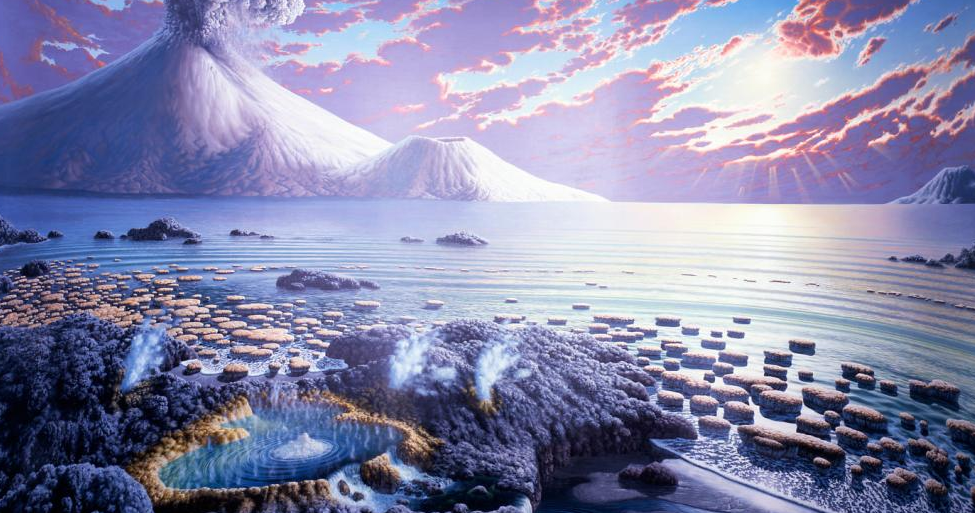
Earth hasn’t always been a habitable planet, at least not for life as we currently know it. Then about 2.4 billion years ago, something changed. That something is called the Great Oxidation Event, where global oxygen levels rose significantly, and it radically transformed both our atmosphere and our biosphere, making the diversity of life we have now possible.
And this event has always been something of a mystery because the evidence has contradictions. Now, in a new paper published in Science Advances, a team of scientists lays out how they may have solved the contradictions.
First off, some scientists argue that since we’ve not found evidence of oxygen in the rock record dating back to before the Great Oxidation Event, it must not have been there. But on the other hand, recent work has shown that some common minerals will vigorously react and break down in the presence of oxygen, and those reactions allow minerals like molybdenum to accumulate in rivers and oceans, which we have found in the rock record prior to the event. That’s confusing, to say the least, but there had to be an answer, right?
Once again, scientists turned to computer modeling for the solution, as that pesky time machine still isn’t ready. When you cannot observe directly what the answer is, you take all your information and evidence, roll it into a nice ball of code, and let the computer do the baking. So lead author and graduate student Aleisha Johnson and her team did just that, including everything they had on the molybdenum and on mineral reactions with oxygen, and the computer model showed that the amount of oxygen required was so small that it wouldn’t have turned up in the rock records anyway.
Study co-author Ariel Anbar explains: There’s an old saying that ‘absence of evidence is not evidence of absence. Until now, our ideas about oxygen being absent before the Great Oxidation Event were mostly shaped by an absence of evidence. Now we have reason to think it was there — just at lower levels than could be detected before.
It’s even possible that those small amounts of oxygen were being generated by biology, and that’s interesting for a lot of reasons. In particular, we could apply what we learn to observations of exoplanets. Or as Johnson sums up: Our hope is that these constraints on ancient atmospheric oxygen help us understand the cause and nature of the Great Oxidation Event. But this isn’t just about Earth history. As we begin to explore Earth-like worlds orbiting other stars, we want to know if oxygen-rich atmospheres like ours are likely to be common or rare. So this research also helps inform the search for life on planets other than our own.
More Information
ASU press release
“Reconciling evidence of oxidative weathering and atmospheric anoxia on Archean Earth,” Aleisha C. Johnson et al., 2021 September 29, Science Advances




 Join the Crew!
Join the Crew!
 Escape Velocity Space News
Escape Velocity Space News
0 Comments